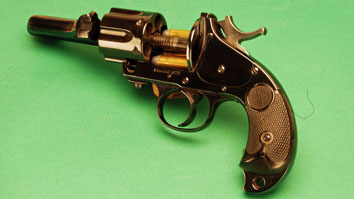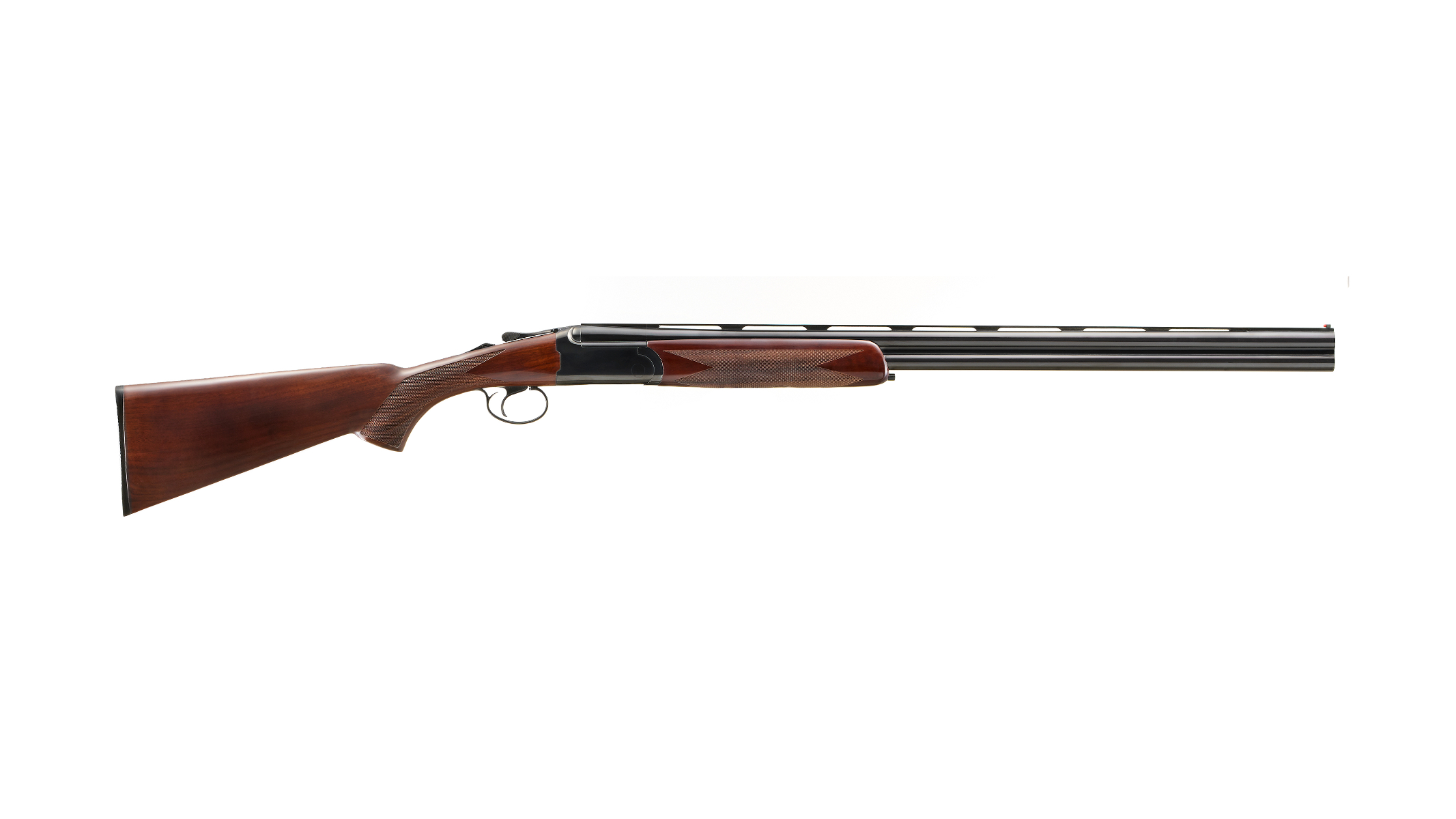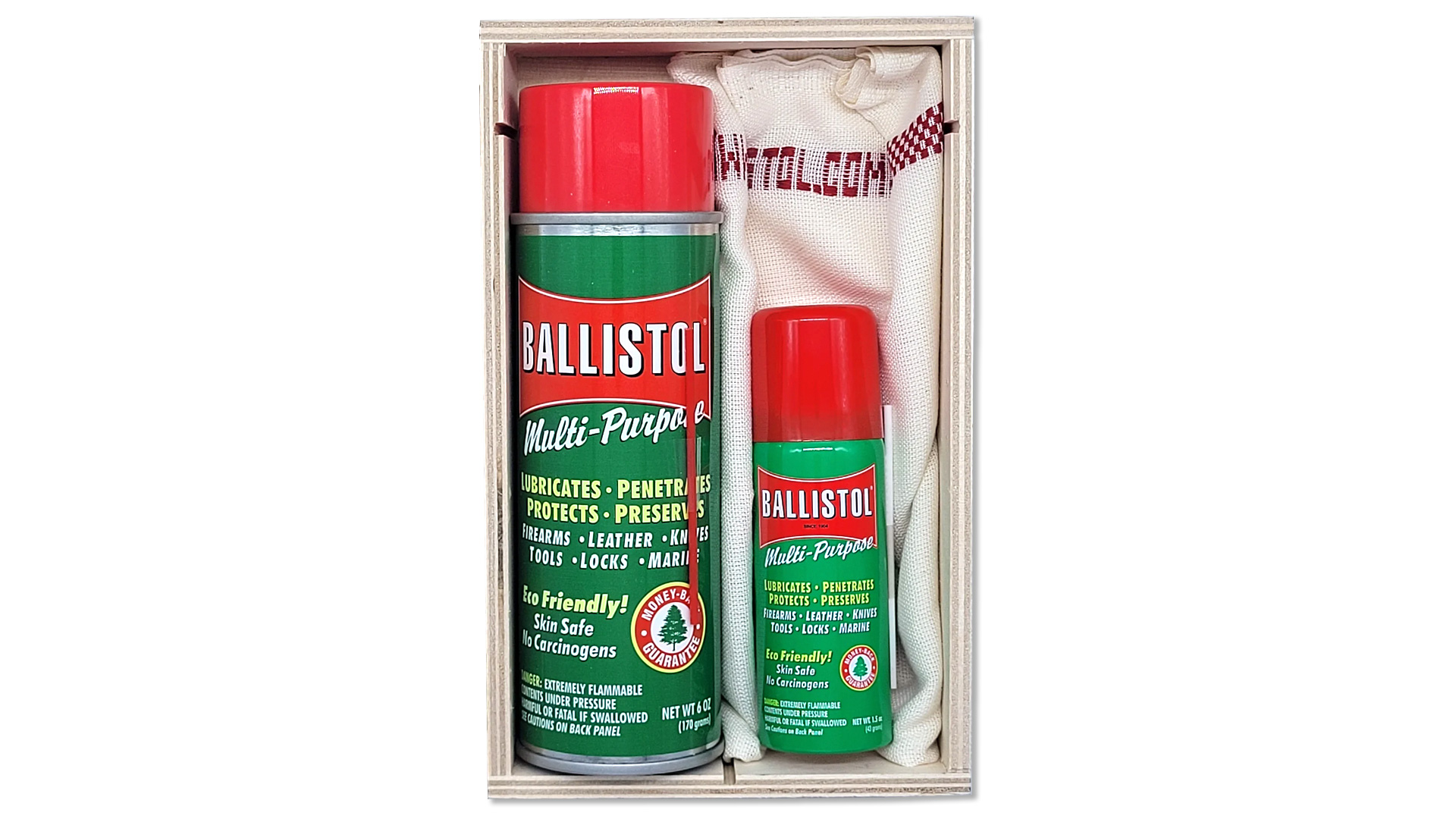
Not long ago in this blog, I mentioned the folding hammer on the Merwin, Hulbert revolvers. In doing so, I noted the interesting twist and pull system of selective ejection used on these guns. Several readers wrote to ask about that feature. I'm happy to once again talk about one of my two favorite odd-ball firearms that really differ from the norm. Merwin, Hulbert revolvers were Frontier-era wheelguns and contemporaries of the Colt, S&W and Remington big-bores that we all recognize.
Made in three different frame sizes, Merwin, Hulberts (we'll call them just Merwins for brevity) were manufactured to a very high order of fit and finish. Had these guns not been such precision instruments, they would not have worked at all. That's because the ejection/extraction system was so finely fitted that close tolerances were essential. In a time when Colt made solid frame revolvers and S&W made hinged frames, Merwins were made with what some authorities have called a “jointed” frame. This was necessary to make the system work. The gun consisted of three major assemblies, the first being a more-or-less typical cylinder with ratchet at the rear side. The main frame was a one-piece forging fitted with lockwork parts and a loading gate on the right side. Basically, this was the butt of the gun, as well as most of the frame. There was a cylinder axis fitted to the main frame. The third unit was the barrel, to include the top strap over the cylinder. Part of the barrel was a lug at the rear end, which engaged a recess in the frame. This happened at a point right under the rear sight. There was a similar joint at the lower front corner of the frame.
It worked like this. The shooter loaded the gun through a slide-open loading gate at the rear end. After firing, he extracted the fired rounds in a manner that can be accomplished about a hundred times faster than I can describe it. Our Merwin shooter grasps the barrel of the gun with an overhand grip and thumb along the lower edge of the gun, just forward of the trigger guard. Pushing rearward with the thumb on the cylinder latch, he rotates the barrel 90 degrees clockwise and pulls the barrel/cylinder unit forward on its axis pin. An internal stop lug limits travel to just over the length of a fired case. The six rounds in the cylinder are held back by a ring, so the shooter essentially pulls the cylinder away from the cartridges. The fired cartridges fall away with a shake of the hand. Loaded rounds have their bullet ends in the chambers and remain in place. Thus, extraction is selective; only the fired rounds leave the gun. Reverse the sequence to close the action.
The problem with the Merwin line is that it was prohibitively expensive in the long haul, some 50 to 60 percent more than its competitors. Collectors now appreciate the Merwin, Hulbert & Co. revolvers for what they are—superb examples of American gunmaking.





































